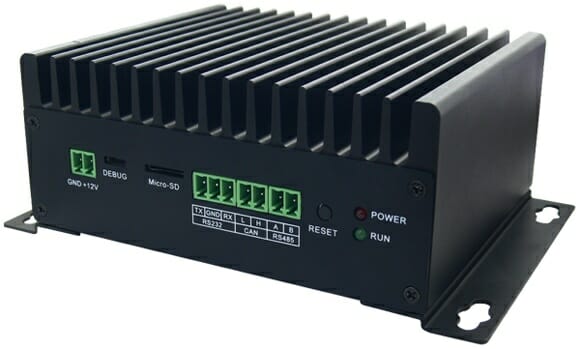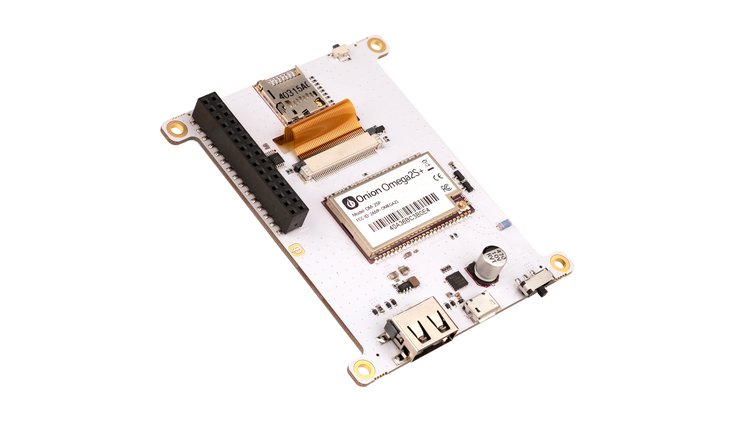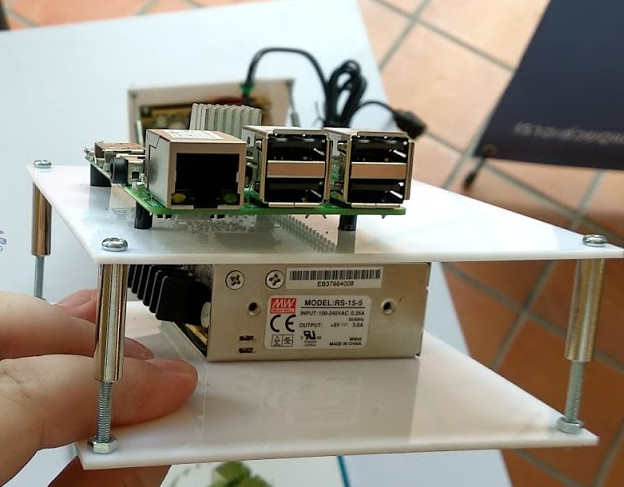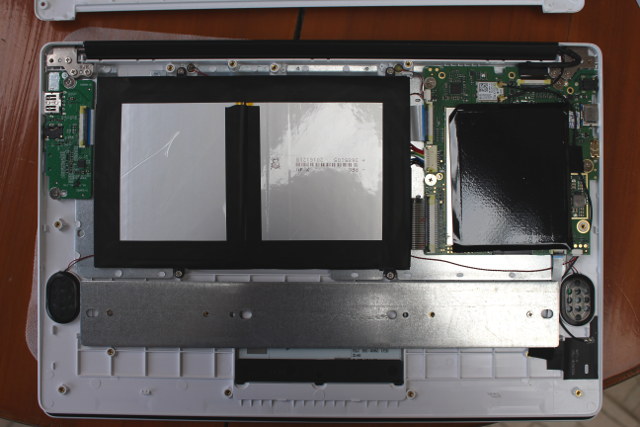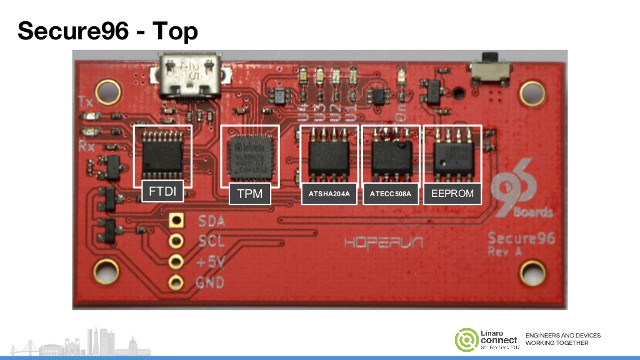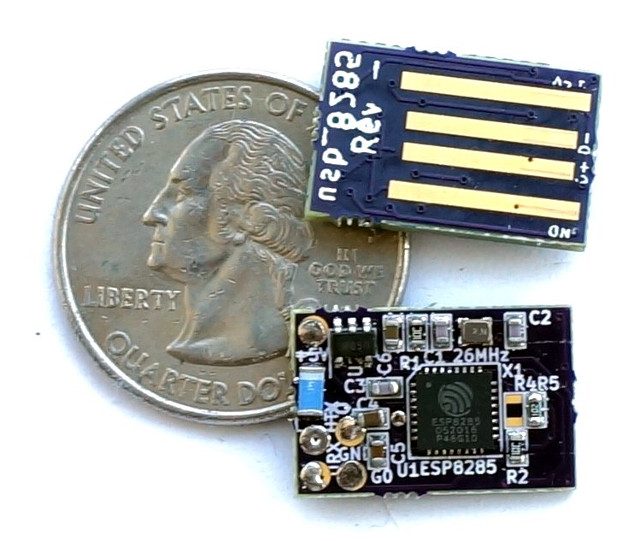M5Stack has just launched its unique and latest core device with a touchscreen e-Ink display. M5Paper ESP32 IoT Development Kit is a fully programmable microcontroller-based platform that can be an ideal choice for your IoT applications. This low-power device could suit such purposes as an industrial controller or smart weather display. The M5Paper comes with the ESP32-D0WD, the same chip that has powered M5Stack Core2. The e-Ink display supports 16-level grayscale, which provides a great reading experience. The display is a GT911 capacitive touch screen that supports multipoint touch and a variety of gesture controls. M5Paper ESP32 IoT Development Kit Specifications SoC – Espressif ESP32-D0WDQ6-V3 dual-core clocked at 240MHz with 520KB SRAM, Wi-Fi, dual-mode Bluetooth connectivity. Memory/storage – 16 MB of flash memory along with 8 MB of PSRAM. Antenna – 2.4GHz 3D antenna. Display – GT911 capacitive touch screen with 960×540 resolution (IT8951 driver) along with 4.7″ e-Ink display, […]
MYIR launches FZ5 EdgeBoard AI Box for AI on the Edge
Back in July of this year (2020), MYRI technology announced the MYIR’s FZ3 deep learning accelerator card powered by the Xilinx Zynq UltraScale+ ZU3EG Arm FPGA MPSoC and it is capable of delivering up to 1.2TOPS computing power. With only a few months since that launch, MYRI technology is now announcing another two related sets of products – FZ5 EdgeBoard AI Box and the FZ5 Card. The FZ5 EdgeBoard AI Box is an AI-focused computing platform that is based on the FZ5 AI Accelerator card which is an upgrade of the FZ3 card. The FZ5 looks more like a single board computer than an actual computing card. The FZ5 accelerator is powered by the Xilinx Zynq UltraScale+ ZU5EV MPSoC which features a 1.5 GHz quad-core Arm Cortex-A53 64-bit application processor, a 600MHz dual-core real-time Arm Cortex-R5 processor, a Mali400 embedded GPU and is capable of delivering up to 2.4 TFLOPS as compared […]
Onion Omega2 Dash Enables Touch-based UI’s, Features Omega2S WiFi Module (Crowdfunding)
Onion, the team behind the Omega2 series self-styled computing modules has launched the Omega2 Dash a self-contained Omega2S module with a touchscreen. Unlike some modules integrating with a display that mostly comes in the form of a HAT (in the case of Raspberry Pi), USB, HDMI, or some unique data lines. The Omega2 Dash is a stand-alone 3.2″ TFT touchscreen display running a Linux OS, comes with a Micro USB, and boots in less than a minute, thanks to the Omega2S module attached to the back of the display screen. The Omega2S is the latest in the series of computing modules from Onion after succeeding the Omega2+. Targeted to the IoT industry in its 24x20x2.8mm form factor, the Omega2S was designed for mass production and people interested in integrating IoT solutions into their products. Integrating a display to the Omega2S will be tricky. It will require investing in a custom […]
MeanWell Mini Switching Power Supplies May Be Useful for Development Boards
While some people or organizations with lots of boards may use high-end USB hubs to power and control them, most people likely use wall adapters to power their development boards like Raspberry Pi 3, ASUS Tinkerboard, Orange Pi PC, and so on. At least that’s what I do, except in some cases when I suspect power issues, and I go with a more powerful SMPS (switch mode power supply). I don’t use it often because it’s a large brick and expose 220V. But the other day, as I attended Chiang Mai Maker Party, I found one maker uses some tiny (and cute) power supply from a company called Mean Well to power his Raspberry Pi boards. The model used above with RS-15-5 with takes 100-240VAC 0.35A input, and output 5VDC up to 3A. The power supply include AC Neutral, AC Live, Ground, DC V+ and DC V- pins where you […]
CHUWI LapBook 14.1 Laptop Manufacturing Changes – Hardware at Launch vs Several Months Later
Products may evolve over time due to parts becoming phased out (EOL), so company often issues PCN (product change notices) to the company for example to replace eMMC flash that’s not manufactured anymore by a new one. They won’t change any advertised features, so the product specifications should remain the same. Reviewers normally get product from one of the first batch of production, and if you purchase the product a few months later, after carefully reading reviews, you may end up with a device slightly different. But in some cases, the company makes major changes, while still delivering the same advertised hardware specifications. That’s apparently the case for CHUWI LapBook 14.1 laptop. The photo below shows how it looked internally for the sample I reviewed. If you zoom on the photo, you’ll find an M.2 slot on the bottom of the right PCB, potentially allowing you to add an SSD […]
Secure96 is a 96Boards Mezzanine Expansion Board To Experiment with Hardware Based Security
With the Internet of things booming and taking a more important role in our lives, security will become more and more critical. So far, it has often been an afterthought with modems & routers frequently shipping with default username and password, and getting security right is really hard, as shown by the recent CLKSCREW attack that somehow leverages DVFS to break ARM TrustZone security, and that “is not a software bug, nor a hardware bug, it’s a fundamental part of the energy management design”, so most ARM platforms are vulnerable. Optimal security normally combines software and hardware, so having a platform to experiment with different HW security solutions would be useful, and that’s what Secure96 Mezzanine board for 96Boards aims for. Secure96 expansion board specifications: Security ICs Microchip Atmel ATSHA204A SHA-based CryptoAuthentication crypto element device Microchip Atmel ATECC508A crypto device with ECDH (Elliptic Curve Diffie–Hellman) key agreement Infineon SLB 9670 TPM […]
ReflowR is a $99 SMT Reflowing Tool for Makers and Students
You can solder SMT components to your custom board by hand, but it would be much faster if you could get a reflow tool instead to “bake” your board after placing the components. ReflowR SMT reflowing tool offers just that in a small and affordable form factor. Some people have tried to use DIY solutions to bake their board, but results may vary. ReflowR has been specifically designed to heat PCB offering constant results. It supports reflow, rework, MSD bake, or rework pre-bake, and follows JEDEC reflow profiles. You can also add a WiFi extension to monitor the tool from your smartphone and set the temperature profile. Two version are available: Smart ReflowR – Compact 600W system for for makers and learners. Large ReflowR – Larger 1200W system for professionals “STEM Inspiration kits” are also offered without a ReflowR kit, but with multiple components, solder paste, a few PCBs, tweezers, […]
USB Fun – Tiny USB WiFi and Hub Boards and micro USB Hub
I’ve come across a few interesting tiny USB boards and hubs in the last few days, so instead of writing a post for each, I’ve gathered all info into a single article. Small ESP8285 USB Board A couple of weeks ago, CNLohr released his first ESPUSB virtual USB implementation for ESP8266 allowing to use USB with external hardware, barring a resistor, and only two GPIOs. He has now made a tiny board based on ESP8285 with a USB interface leveraging ESPUSB. Hardware files can be found on github. So what can you do with it? CNLohr leveraged the work of the community in order to emulate a keyboard and mouse using a smartphone. The only bit of bad news in the video is that finally USB full speed (12 Mbps) can’t be supported. NanoUSB Hub Board Mux wanted to add more USB devices to its tablets, but there was none […]



